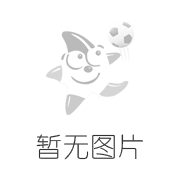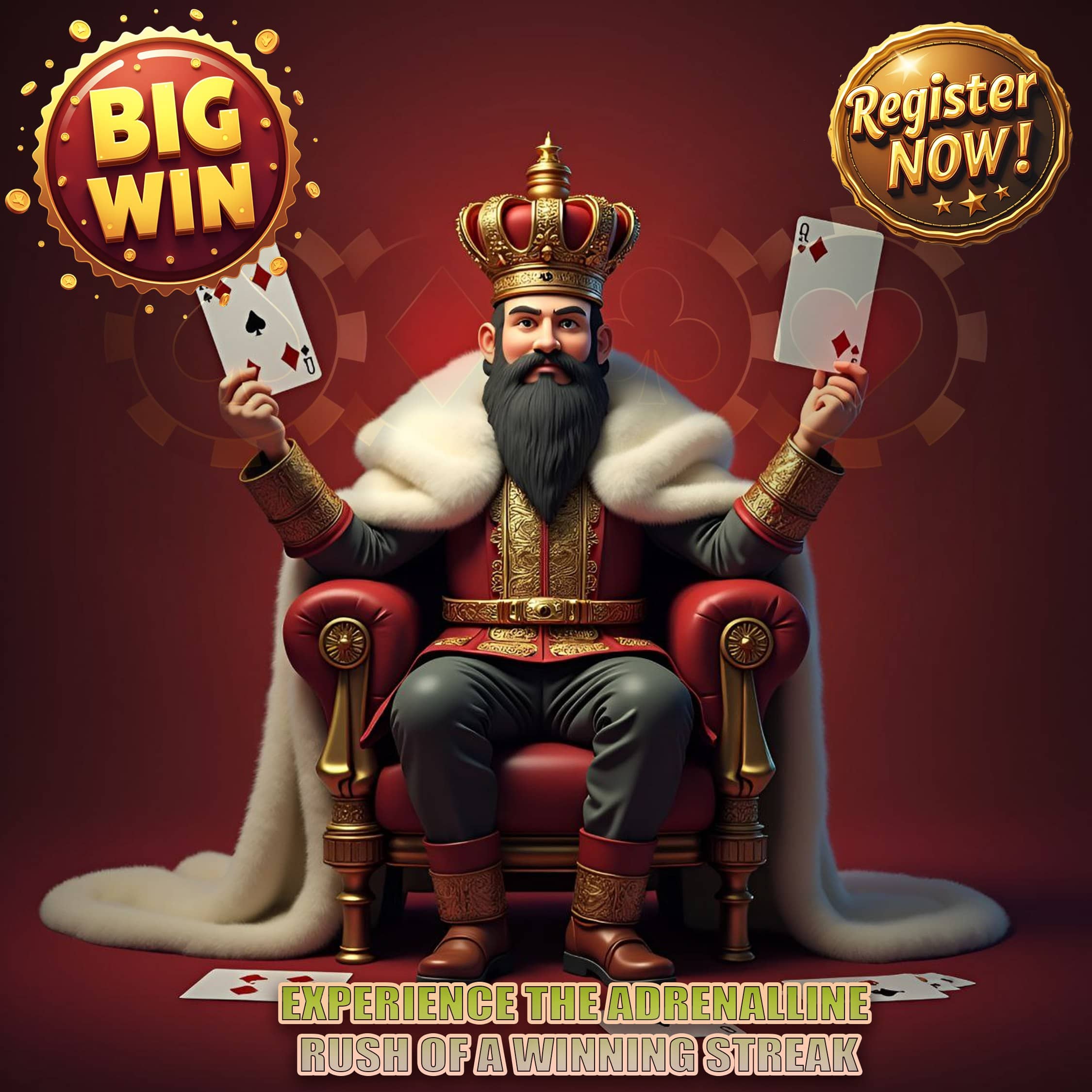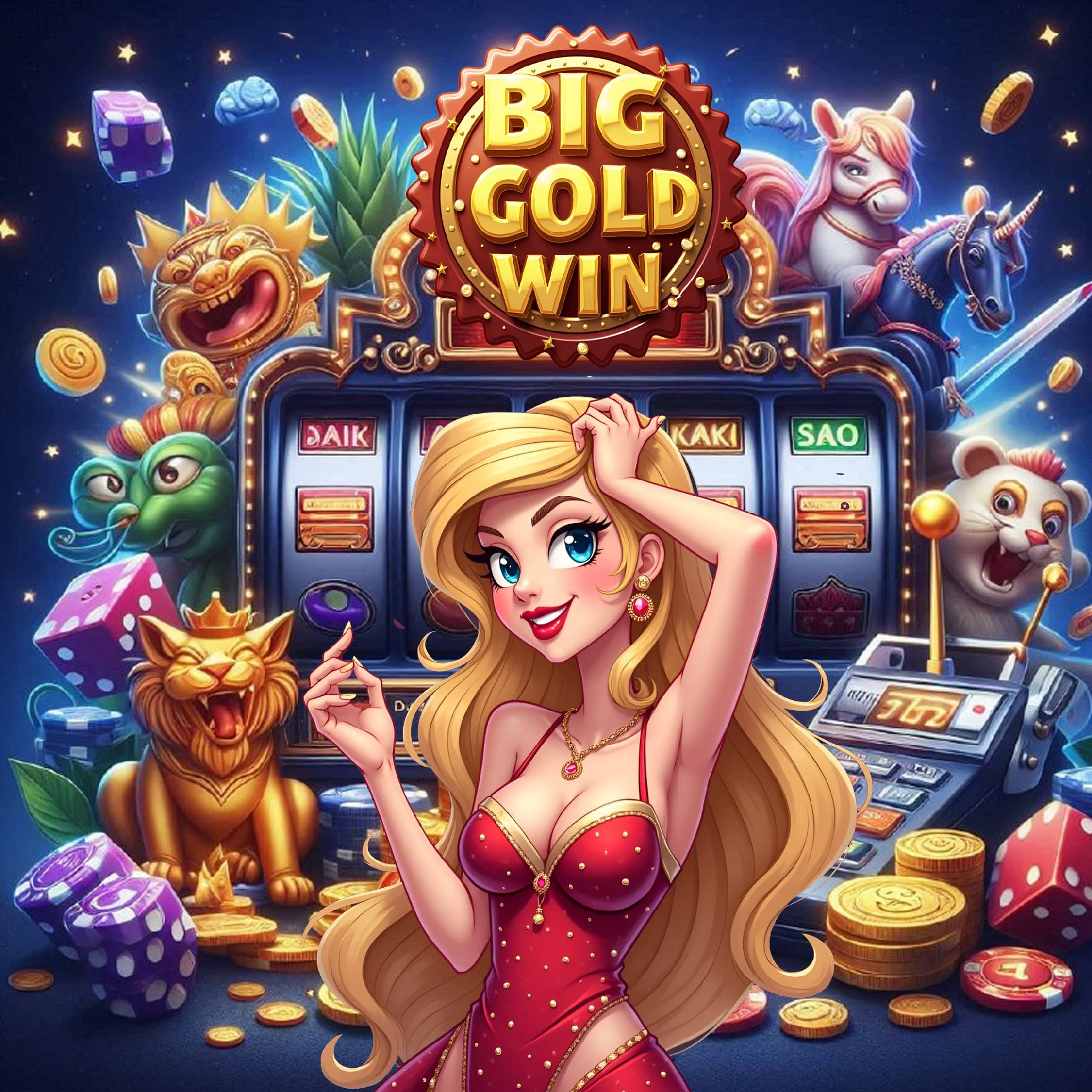Trò Chơi, often translated as "The Game," is a fascinating board game that originated in ancient Vietnam. Unlike Western games like chess or checkers, Trò Chơi features unique rules and symbols that reflect the country's rich cultural heritage. The game involves two players who take turns moving pieces on a circular board, aiming to capture their opponent's "king" piece.
The game is not just about strategy; it also incorporates elements of fate and wisdom. Players must make decisions based on the positions of their pieces and the opposing pieces, often considering both immediate gains and long-term consequences. This aspect of Trò Chơi mirrors the traditional Vietnamese philosophy of life, where harmony and balance are highly valued.
One of the most interesting features of Trò Chơi is its use of bamboo sticks as markers. These sticks represent different phases or "lives" that players must navigate. The game can be played by people of all ages, making it a popular family activity in Vietnam. Parents often teach their children how to play, passing down the cultural significance of the game from one generation to the next.
In addition to its entertainment value, Trò Chơi has been associated with various superstitions and beliefs. Some players believe that the outcome of the game is influenced by luck or fate, while others emphasize the importance of strategic thinking. Regardless of one's perspective, it is clear that Trò Chơi holds a special place in Vietnamese society.
The game has also inspired modern interpretations and variations, such as Trò Chơi Mới (New Trò Chơi), which incorporates elements of Western board games like Monopoly. Despite these changes, the core essence of Trò Chơi remains intact, continuing to capture the hearts of players young and old.
Nguồn bài viết : sxmb





